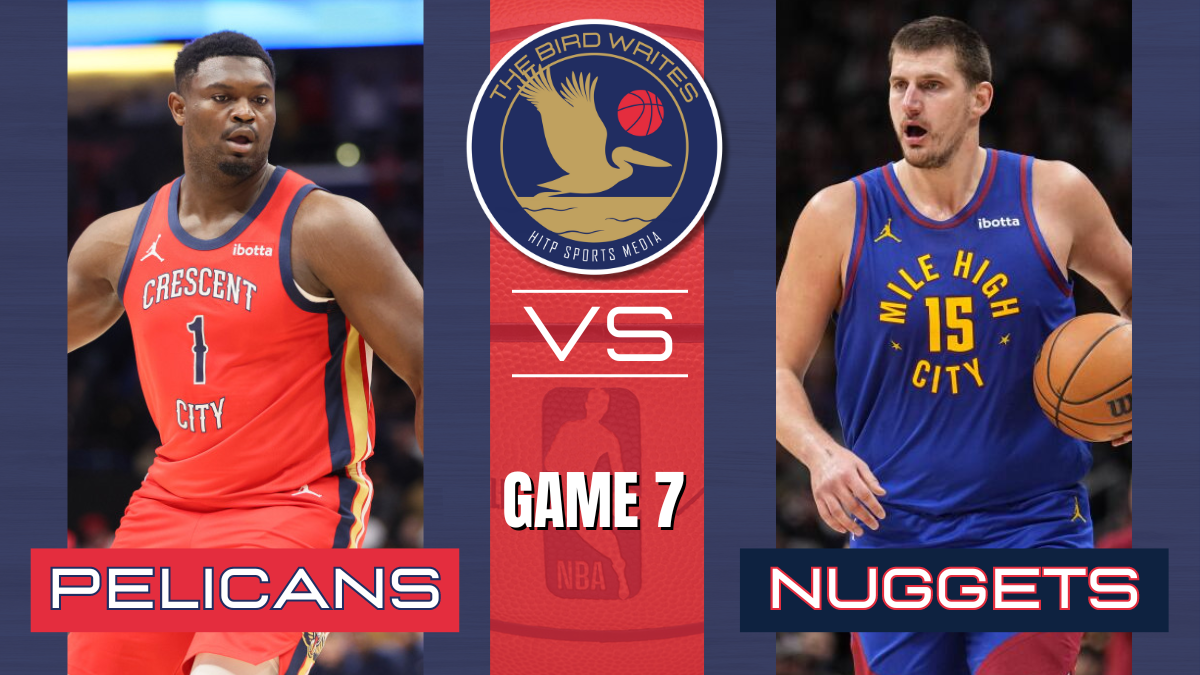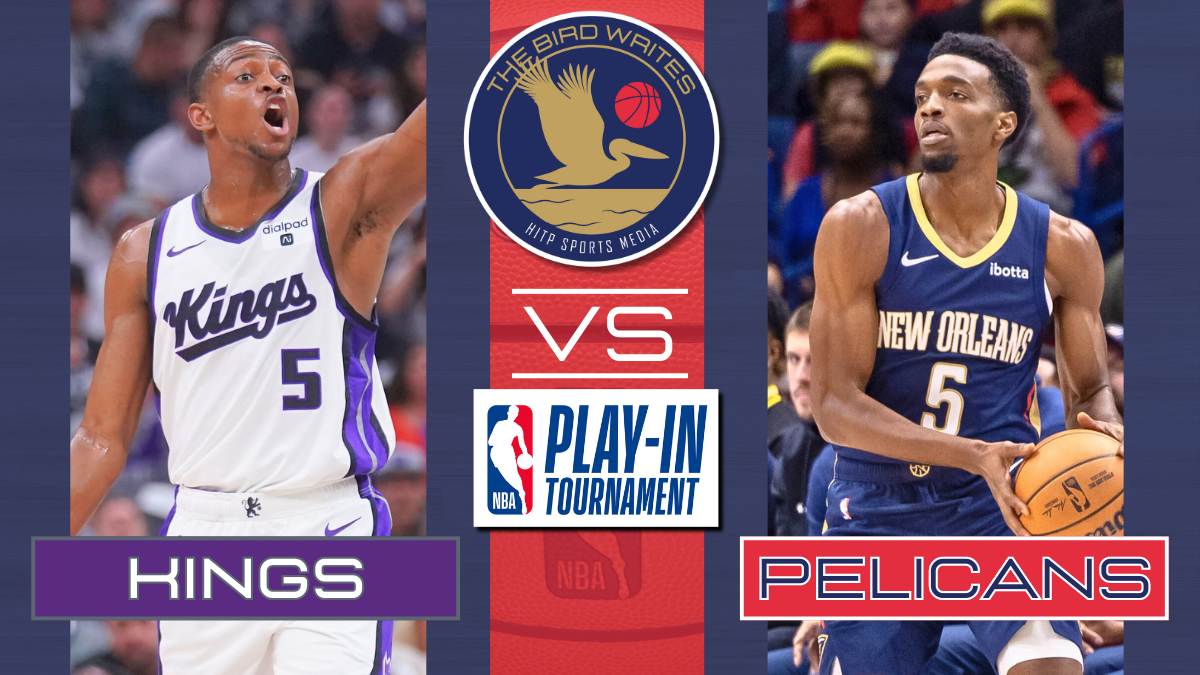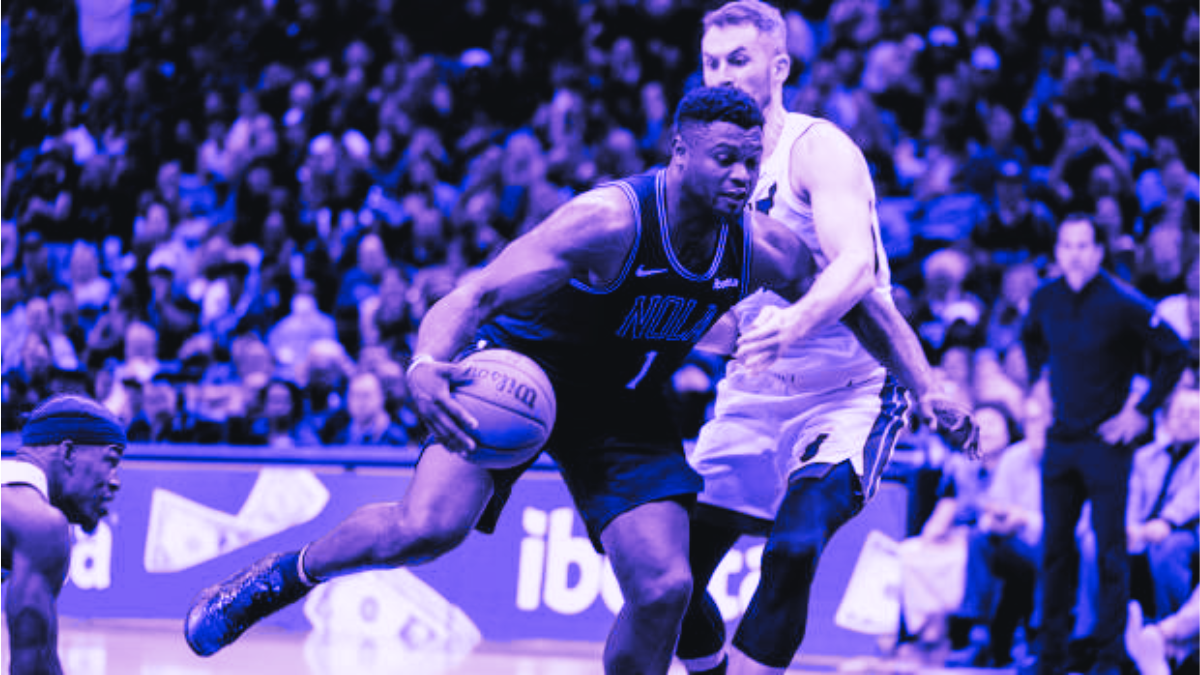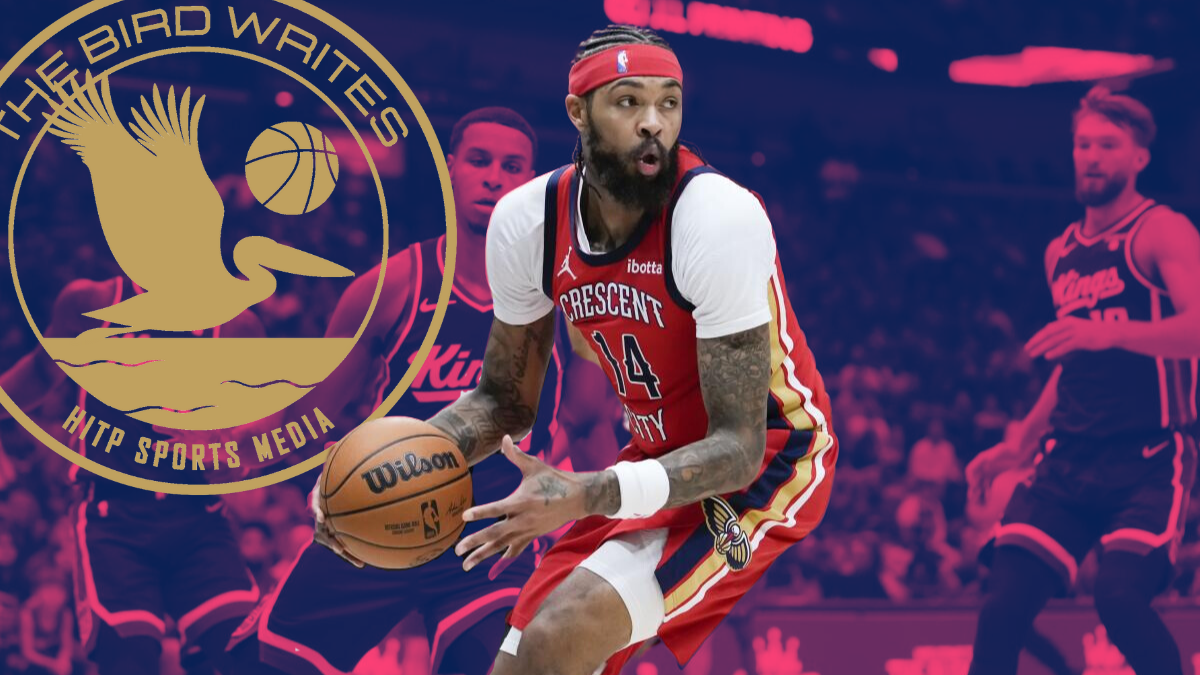As New Orleans gears up to push for the postseason in 2023-24, few developments carry more weight than the progression of Dyson Daniels. The eighth overall pick in 2022 starred in year one despite the all-rookie snub, defending at a legitimate NBA level as a first-year teenager. Last season, Daniels played just 17.7 minutes a night, appearing in 59 games. Can he continue his strong play in a higher-minute role?
Defensive Savant
It’s not hyperbole to reiterate how special Dyson Daniels was on defense as a rookie. Rookies rarely significantly impact defense and teenagers even less so (Daniels turned 20 in March of his rookie year). Defensive statistics are noisy and unreliable but the advanced metrics viewed Daniels as a strong defensive player last season. His +1.7 defensive estimated plus-minus placed him in the top 30 among all NBA defenders, only trailing Christian Koloko among rookies.
Daniels’ off-ball defense is disruptive, clogging up passing and driving lanes and generating turnovers at a strong rate (1.9% steal percentage). He’s a true ball-hawk on the defensive end, anticipating player and ball movement to create offensive possessions. Last season, the Pelicans’ steal percentage ranked second in the NBA (8.3%).
Dyson’s length, instincts and awareness allow him to jump passes, dig at the nail and defend the rim despite limitations with his strength and vertical pop. He doesn’t add elite rim protection which hurts given the Pelicans’ severe lack of paint defenders. The perimeter, though, is already a massive strength.
Daniels sometimes loses to stronger drivers and resorts to fouling as many young players do. Unlike most rookies, he mirrors ballhandlers with lateral quickness, agility and strong positioning, slowing down fast guards and shot-making combos alike.
Becoming an Offensive Threat
Most of the questions land on offense for Dyson Daniels, where he graded towards the bottom of the league per EPM (-4.1). Passing is his best skill though Daniels is best as a reactive playmaker, exploiting holes in the defense and advantages created by his teammates rather than bending defenses himself. He’s excellent cutting, spacing and moving to pass and running basic pick and rolls, but higher-level passes from a live dribble are a work in progress.
Increased scoring aggression will aid Daniels’ passing as he struggled to add value as a scoring threat, looking reluctant to attack the basket and shoot open shots at times. Daniels placed towards the bottom of the league in points per 75 possession (adjusting for low minutes) and true shooting at just 7.7 points on 50% true shooting, 13 points below league average.
How can Daniels adjust when defenses back off and play the pass? Though improving as a handler and athlete will help, progressing the jumper — Dyson shot just 31.4% on three attempts per 75 possessions — will be critical for Daniels to draw defenders towards him and open up the rest of his offensive game.
In year two, Daniels will likely see a significant increase in responsibility, especially given the early-season absence of Trey Murphy. If Daniels can maintain his high defensive impact and progress offensively, he’ll be a valuable asset for a Pelicans’ team hoping to once again reach the postseason.
Written by contributor Ben Pfeifer.
READ MORE
- Pelicans Open Preseason With 105-122 Loss To Magic
- Pelicans Look To Unlock Dynamic Offensive Potential Of Dereon Seabron
- Pelicans Begin 5th Preseason of the Zion Era with Matchup Versus Magic
- Making a Difference: How Larry Nance Jr. Elevates the Pelicans’ Second Unit
- New Orleans Pelicans Better Positioned to Handle Adversity
- EJ Liddell’s Defensive Prowess: How He Could Augment the Pelicans’ Defense
- Can Jordan Hawkins Be A Real Shooting Option Off the Bench in 2023-24?
- How James Borrego Could Boost Pelicans’ Offense




